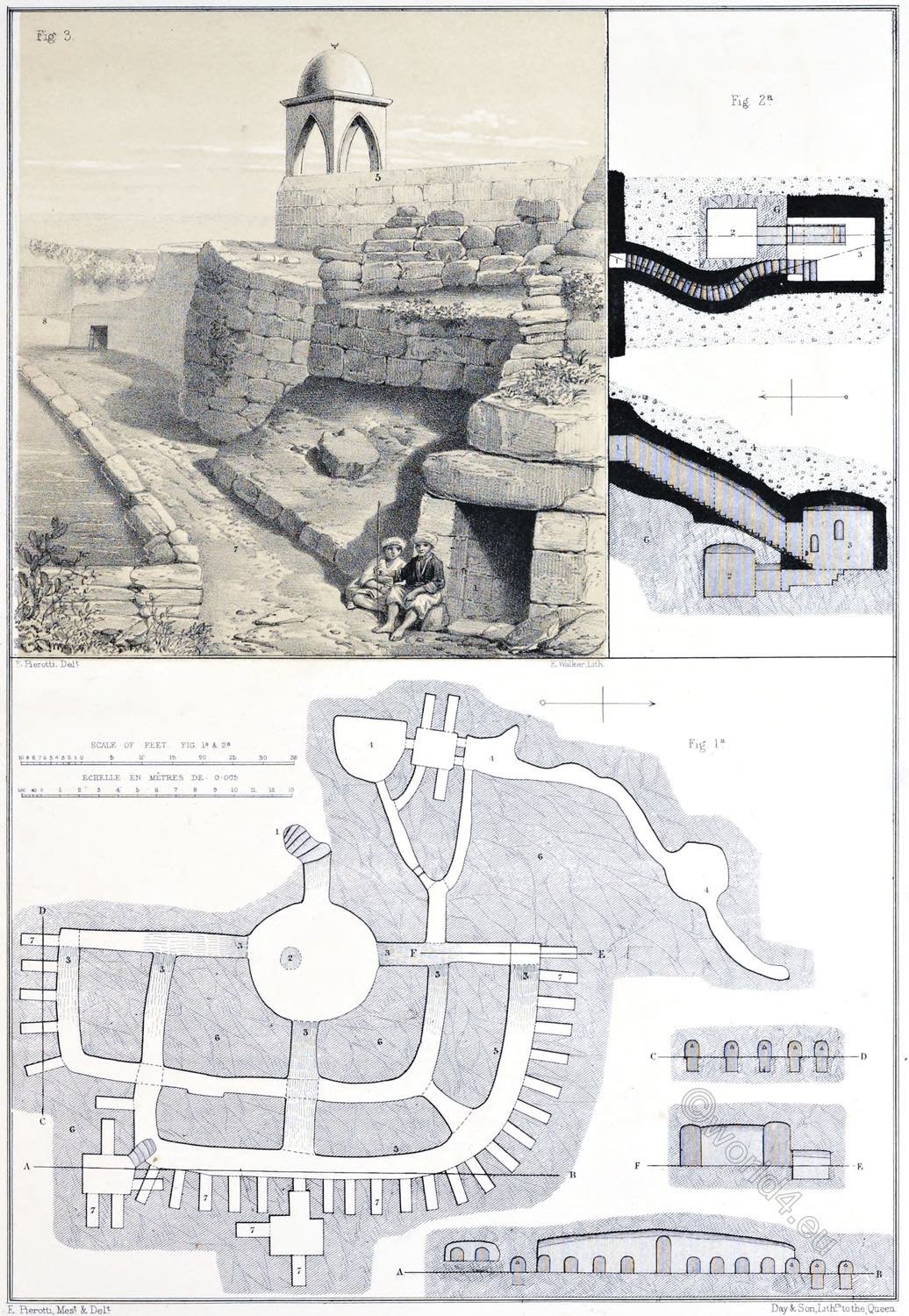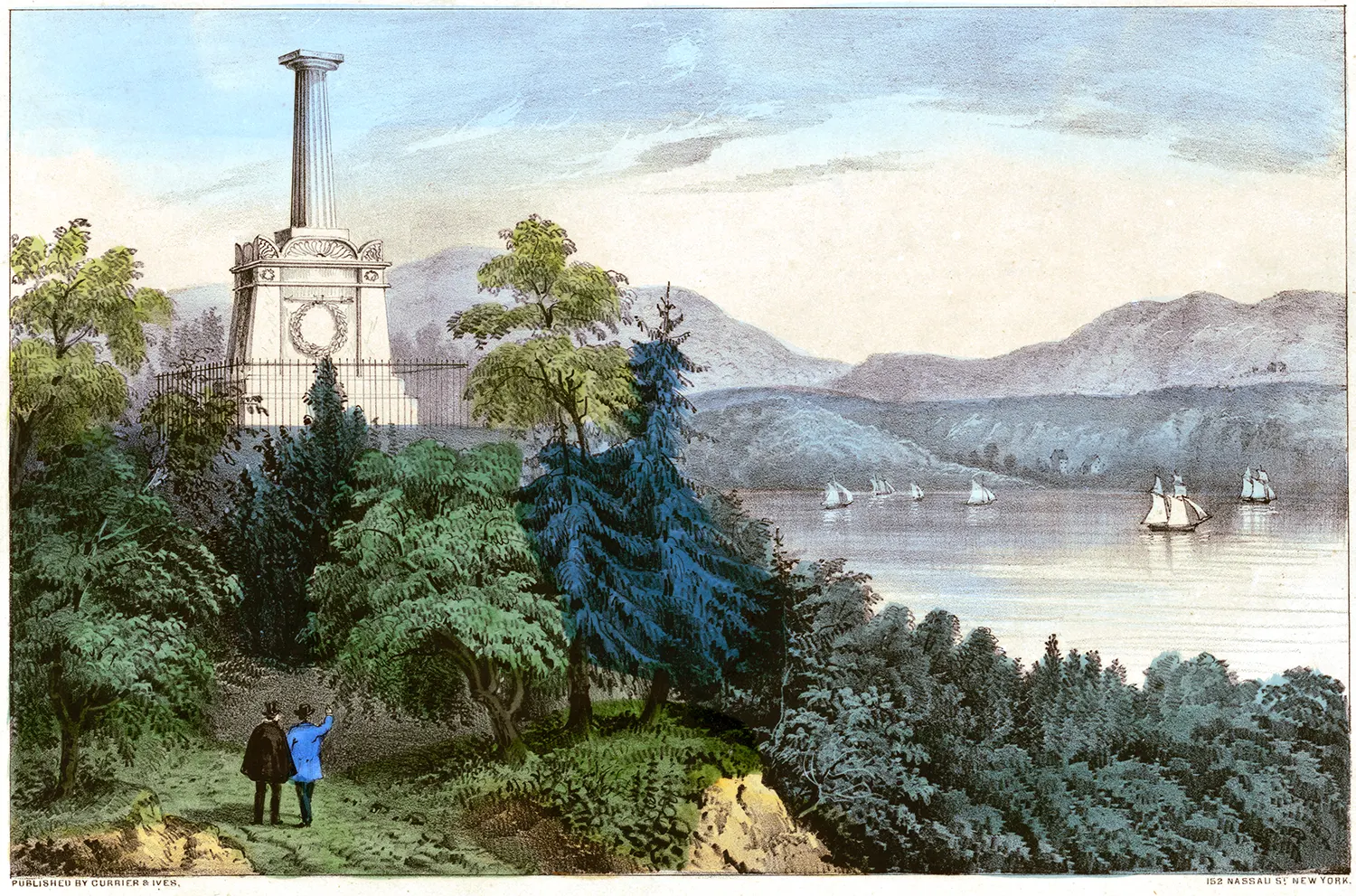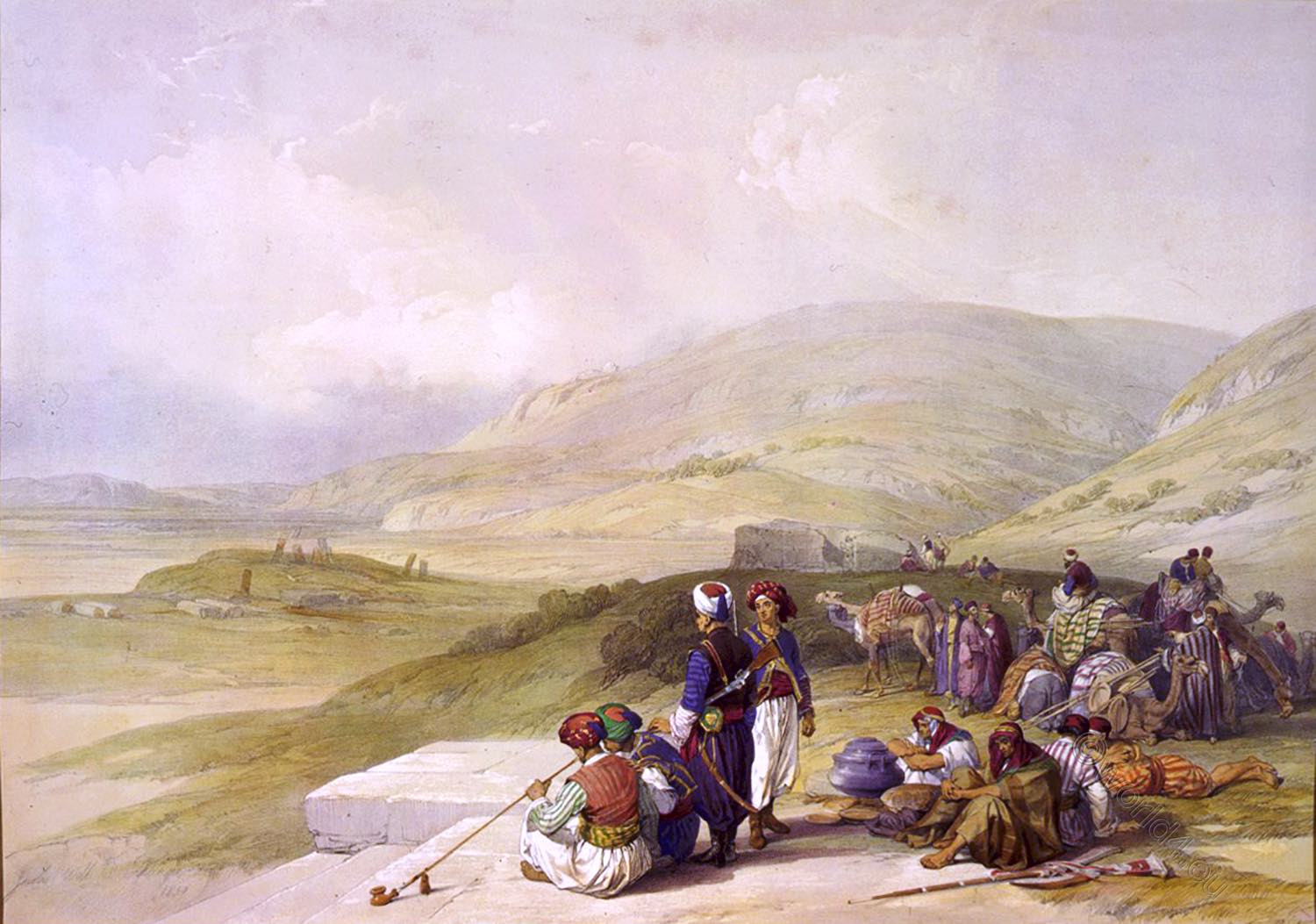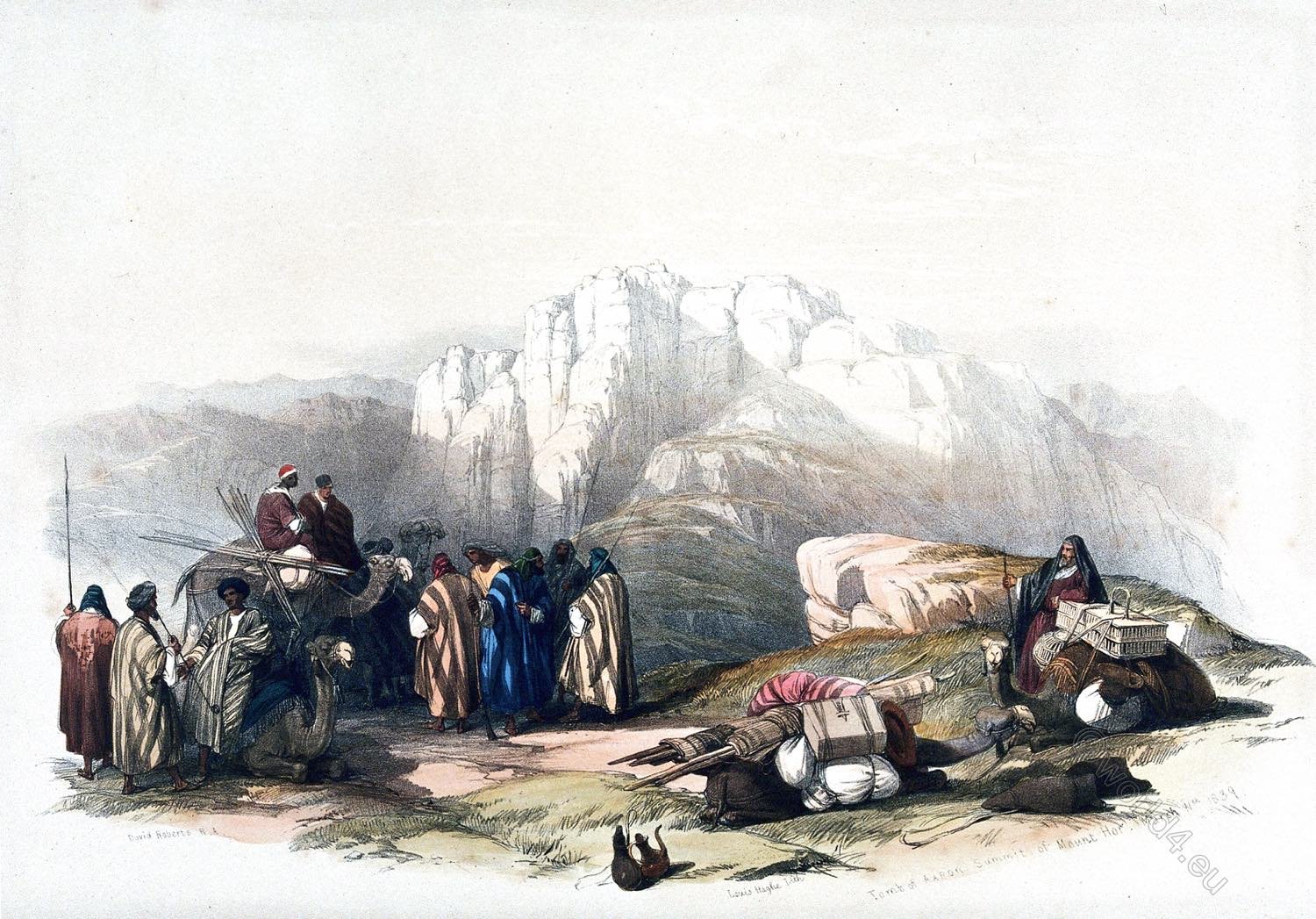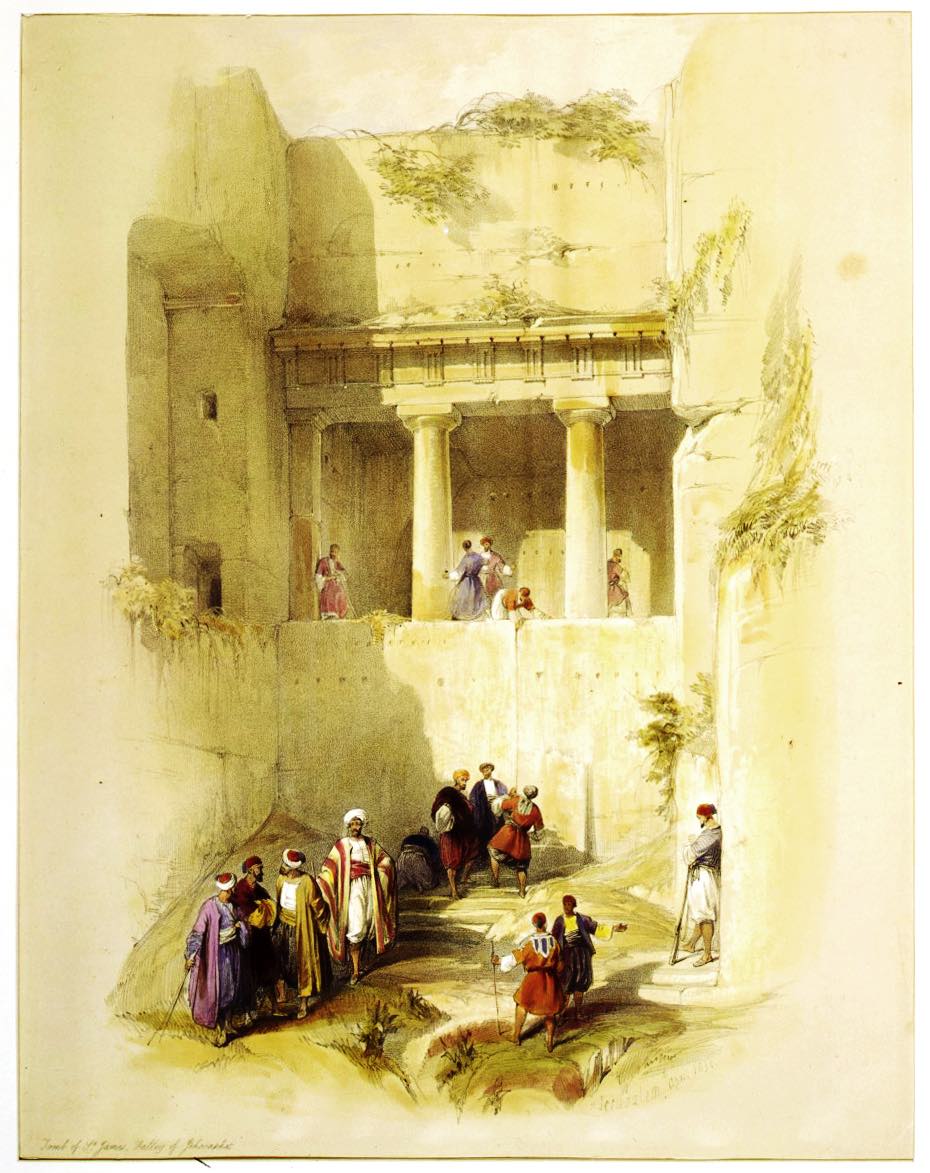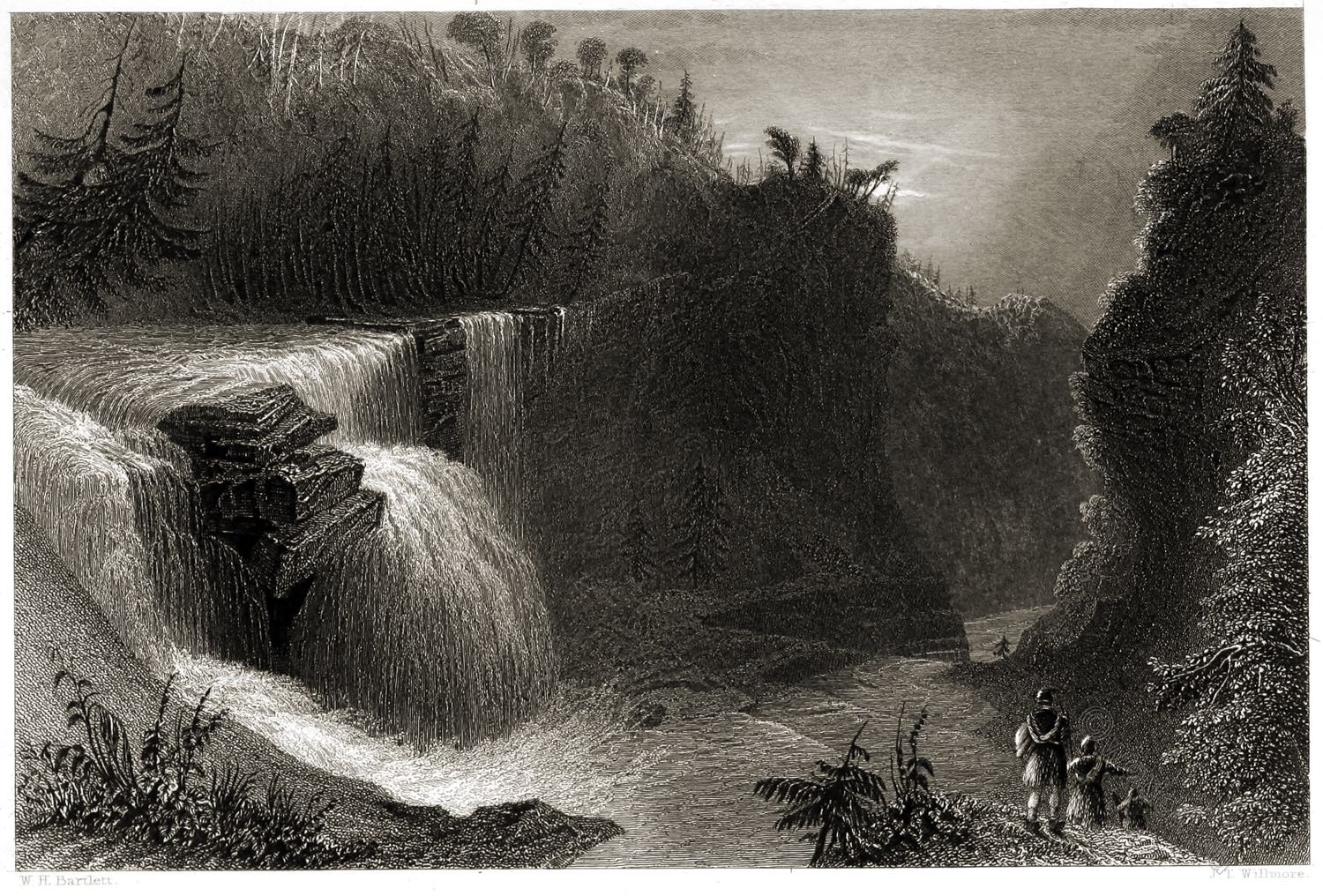The Tomb of Joseph (Hebrew קבר יוסף Kever Yosef; Arabic قبر يوسف, Qabr Yūsuf) is the cenotaph of a biblical memorial site, considered to be the burial place of the Jewish patriarch Joseph. It is located at the eastern entrance to the valley that separates the Garizim and Ebal mountains, northwest of Jacob’s Well, on the outskirts of Nablus (West Bank). The site is close to the ancient city of Shechem, the first capital of the Kingdom of Israel.
The traditions of Joseph’s Tomb date back to the 4th century AD. According to most researchers, the erection of the monument is to be placed during the Persian period (ca. 538-333 BC). It is one of the holiest sites in Judaism, but is also revered by Samaritans, Christians and Muslims. The Jewish progenitor Joseph and his sons Ephraim and Manasseh are said to be buried here. This is contradicted by the Islamic tradition, according to which the biblical Joseph is said to have been buried in Hebron.
The present building, a small rectangular room housing a cenotaph, dates back to 1868; no ancient elements are visible. Modern archaeological research has not yet determined whether the cenotaph corresponds to the tomb mentioned in the Bible.
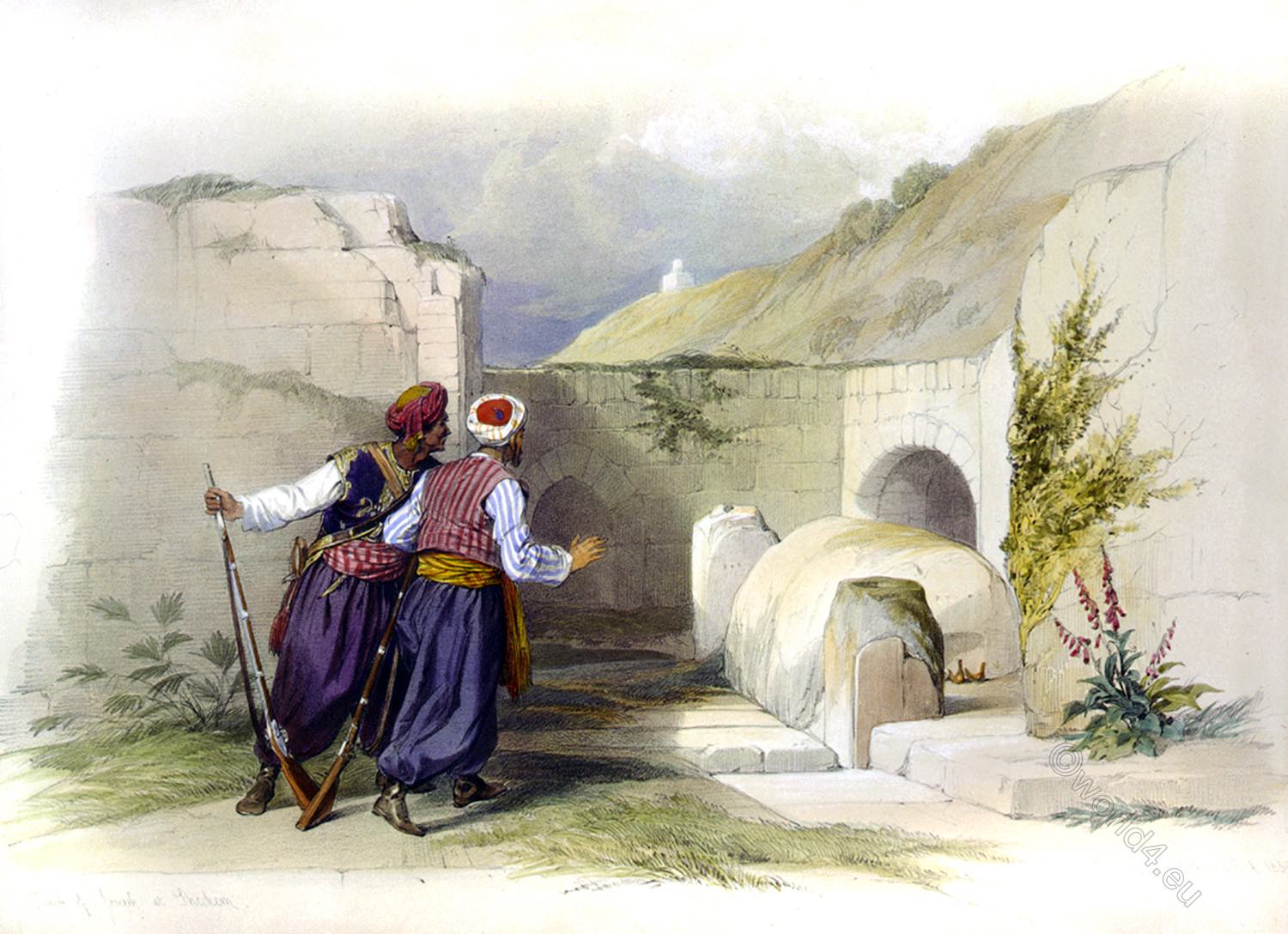
THE TOMB OF JOSEPH AT SHECHEM
by David Roberts.
Among the relics associated with Biblical history at Nablous, the Tomb of Joseph is an object of great veneration. The Artist describes it as standing nearly in the centre of a small inclosure, at the eastern entrance to the valley which lies between the Mounts Gerizim and Ebal, and not far from the ruins of the early Christian Church now covering the Well of Jacob.
The Tomb is plain, and plastered over, with a small recess at the foot, in which he observed that some small lamps were placed, probably by pious Jews, by whom also the walls were covered with writing in the Hebrew character. The people hold this spot in deep reverence. At the head and foot of the Tomb are two rude altars, which the guides pointed out as the Tombs of Ephraim and Manasseh, the sons of Joseph. 1)
Joseph died in the faith, that the Land of Canaan was to be the inheritance of his people. And, on his death-bed, he directed the children of Israel “to carry up his bones” from Egypt; “and they embalmed him, and he was put in a coffin in Egypt.” 2) “And the bones of Joseph, which the children of Israel brought up out of Egypt, buried they in Shechem, in a parcel of ground which Jacob bought of the sons of Hamor, the father of Shechem, for an hundred pieces of silver; and it became the inheritance of the children of Joseph.” 3)
The reverence with which the resting-place of the great protector of his people has been so long regarded, leaves but little doubt of its actual identity. It is now, and has been for ages, pointed out as the spot of his sepulture; and in this belief in the tradition, Jews and Samaritans, Christians and Mohammedans, agree. 4)
1) Roberts’s Journal. 2) Gen. 1. 26. 3) Joshua, xsiv. 32. 4) Heb. xi. 22. Acts, vii. 16.
Source: The Holy Land, Syria, Idumea, Arabia, Egypt, & Nubia, by David Roberts, George Croly, William Brockedon. London: Lithographed, printed and published by Day & Son, lithographers to the Queen. Cate Street, Lincoln’s Inn Fields, 1855.
Continuing
Discover more from World4 Costume Culture History
Subscribe to get the latest posts sent to your email.

